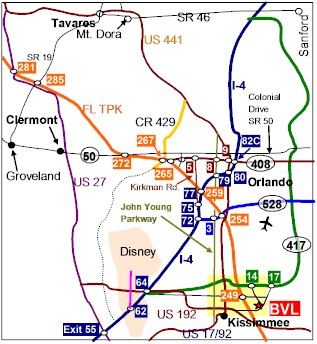

Like saying Merry Christmas to a server when we were leaving and they looked around and then whispered Merry Christmas back. The guests were friendly and wishing others a Merry Christmas but it was almost like the people working were warned not to say anything. With regards to going on Christmas day, I feel like they went out of the way to not to acknowledge that it was Christmas day. Chicken was moist and they gave to-go bags for all the leftovers. As far as the meal goes, it was better than I expected. There was no "priority seating access" and everyone had cheering banner so I'm not sure what those are supposed to mean on the website. I thought for sure that our seats would be better since we made sure to get there early and were the 3rd family to check in at the VIP window. There are 3 sections on each side of the arena and we were in a side section towards the middle. We did purchase the Royalty upgraded VIP seats but I'm not sure it was worth it since I guess almost everyone has VIP seats. The other people who spoke were fine but no one in our party could understand the queen (and we are around many Hispanics day-to-day and don't usually have issues understanding). So glad that it didn't smell like horse! The storyline of the show was a bit difficult to follow since the "queen" had such a thick Hispanic accent. The show was very good and we loved seeing the performance. The wife or widow of a knight.We went on Christmas day for dinner. The qualities idealized by knighthood, such as bravery, courtesy, honor and gallantry toward women.ĭame: A woman holding a nonhereditary title conferred by a sovereign in recognition of personal merit or service to the country. Squire: A young nobleman attendant upon a knight and ranked next below a knight in feudal hierarchy.Ĭhivalry: The medieval system, principles and customs of knighthood. Page: A boy who acted as a knight’s attendant as the first stage of training for chivalric knighthood. The pictures were to represent the animal as a symbol: Lion, Bear, Boar, Eagle, Horse, Dragon, and Griffin. They were not drawn to look three dimensional, but were shown as if they were flat. The basic rule is “metal on color or color on metal, but not metal on metal or color on color.” This means that the field (the background) on the shield can be either a metal or a color.Īnimals were frequently used as a main charge. Traditional Colors: Black, Royal Purple, Emerald Green, Royal Blue or Sky Blue, Bright Red In a society where few people could read and write, pictures were very important. Coat of Arms The insignia on the Medieval Times knights’ clothing is based on authentic coats of arms from the middle ages.ĭuring The Middle Ages, knights used a coat of arms to identify themselves, which was especially useful in battle.
#MEDIEVAL TIMES KISSIMMEE YELLOW KNIGHT CODE#
A knight’s code of conduct included: mercy, humility, honor, sacrifice, faithfulness, courage, utmost graciousness and courtesy toward women. (In France, knights are often called chevaliers.) Knights were known for their masterful skills with horses. The word was taken from the French version of the Latin word for horse (cheval). The principles and customs of the medieval knight were categorized as chivalry. The pattern and colors on the flag were often repeated on his shield and on other items belonging to the knight.
#MEDIEVAL TIMES KISSIMMEE YELLOW KNIGHT FULL#
Full suits of armor made of plate steel came into use around 1400.Įach knight had his own flag or banner that identified him on and off the battlefield, called a coat of arms. Swords, daggers and sometimes lances were the weapons of choice.

Knights typically wore better than average clothing, but wore chain mail, helmets and partial suits of armor only in battle. Squires assisted the knight in battle training and exercises, and often became knights themselves. Knights required attendants to handle the knight’s several horses, maintain and hand him his heavy weapons and shield, assist him in mounting and dismounting the horse and guard his prisoners. Since these horses were expensive, only wealthier men could afford to become knights. This radically changed how conflicts were waged at that time. Knights began fighting while riding large and powerful horses called warhorses. Our knights at Medieval Times train tirelessly to get their choreographed fights looking as authentic as the epic battles of the middle ages were. Knights were considered elite soldiers in battles, wars and crusades, but when not in such situations, they usually acted as law enforcement officers of the local lord’s court or that of the queen. Most knights were required to be at least 21 years old. The knight was given a sword, a pay raise and, frequently, a plot of land. Kings or lords would raise a soldier to a knight by lightly striking (dubbing) the knight’s shoulder with the flat of his sword.


 0 kommentar(er)
0 kommentar(er)
